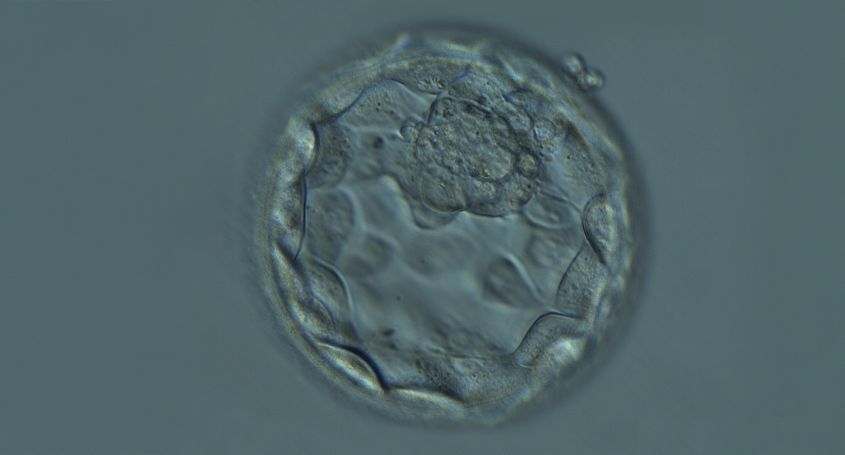Routine population screening for a given type of cancer offers protective benefits. It is associated with a reduction in cancer mortality and incidence. Gynecologic cancers are grouped into five types of tumors: ovary, endometrium, vulva, vagina and cervix. These tumors are the second incidence in women and the third in female mortality. In recent years, cytology has gained importance not only as a means for early detection for cervical cancer, but also other uterine and ovarian cancers. The cytology Pap or test consists in taking a sample of cells in three areas of the cervix that are spread on a glass sheet and sent to a pathology laboratory for examination. Now, the traditional Pap test is giving way to a new protocol: liquid cytology.
In liquid cytology, the sample is obtained with a special brush for the cervix that is subsequently placed in a vial with preservative liquid. In the laboratory, the preserved cells are filtered and transferred to the slide in a very thin layer, forming a monolayer. This procedure provides a cervical sampling, which is more representative than the traditional smear and no material is lost. The sample, although with fewer cells, preserves the cellular characteristics in a better way, and contains less contaminating material such as blood, mucus or other artifacts that could make it difficult to see under the microscope. Furthermore, it allows the sequencing of all cells in order to detect possible malignant cells that in a normal smear could go unnoticed only on the basis of their morphology.
The digital image analysis is increasingly applied for clinical purposes in cytopathology. This type of liquid cytology sample is optimal for automatic detection and diagnosis. To date, various programs and algorithms are capable of detecting malignant cells from images that are being developed from a cervical sample, and even to diagnose the type or subtype of tumor and offer a prediction of results.
Currently there are different commercial brands that offer specific liquid cytology products whose improvement in the diagnostic capacity of the technique is contrasted in the scientific literature.
In the future, the implementation of massive sequencing in hospitals, together with the automated detection of malignant cells in liquid cytology screening, would allow a precise diagnosis and especially early detection of gynecological cancers such as ovarian cancer, which is often detected in advanced stages. As always, an early diagnosis of any tumor has a direct impact on the probability of a good prognosis.















